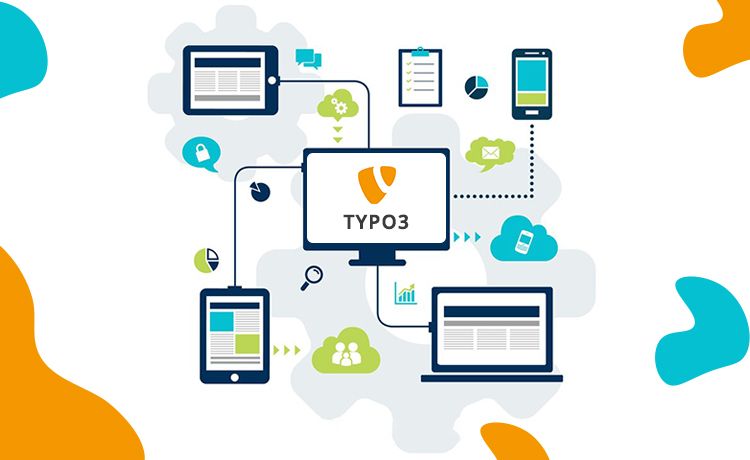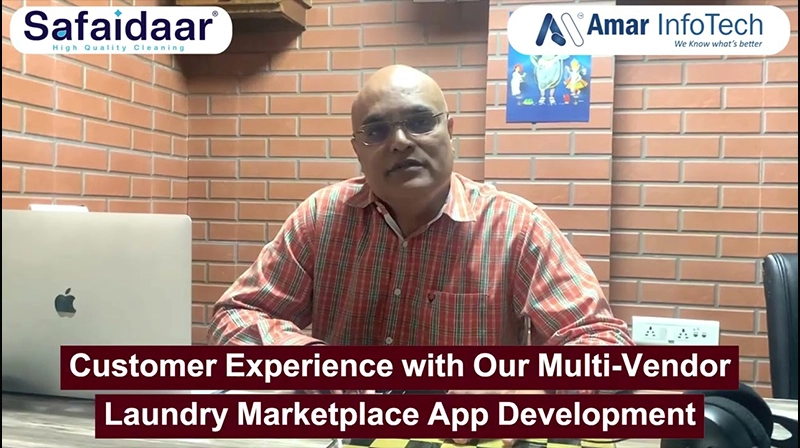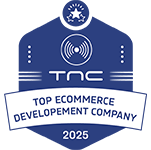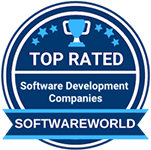Released under the GNU General Public License, Typo 3 is free and open source web content management framework which is based on PHP. It can be run in a variety of web servers, like Linux, Microsoft windows, os/2 to name some. Typo 3 along with Dura pal, and word press, makes it the most popular content management systems worldwide. Available I more than 50 languages across the globe, Typo 3 is termed to be highly flexible, which can be extended with new versions without writing any new code. It also features a localization system as well. The use of Typo 3 is to build and organize websites of different size and types, such as small sites as well as nonprofit organizations. Typo3 4.5 development is running now a days in the IT industry market.
The maintenance (version 4.x, 6 and newer) under the leadership of Oliver hader
The development (TYPO 3 Neos) under the leader ship of Robert Lemke.
Initially Typo 3 was authorized in 1997 by KASPER SKARHOJ, now maintained by two different teams:
Coming to its features now, the Typo 3 is been designed to run in most of the HTTP servers, The system can run on any web servers which have a modern CPU and a minimum of 256 MB RAM. It uses a PHP 5.3 or latest relational database supported by the Typo 3. It includes Oracle, mySQL as well. Typo3 forum development is available in the market with complete additional features. I fyou want to know more things about tyop3 development, then you can search on the inertnet through typo3 search for development web pages.
The TYPO 3 consists of two different parts:
1. The fronted (visible to visitors), it displays the web content.
2. The administrative backend which is the liable party for the managing and the administration of the content.
3. Its core functioning includes user roles and user privileges, timed display control of the content,(also shows the hidden content elements) it also avails a dynamic content, and many easy to find search URL’s to add on the list the Typo3 also enables Multilanguage capability for administrative backend and also for fronted.
Typo3, like more other CMS’s follows the policy for separation of content and layout. A relational database saves there content of the website. While the file system saves the templates. Like this way both be managed and could be updated easily various types of content data are being defined under Typo3 CMS. Standard content of the elements are defined as normal text, media attached text, images HTML (plain), etc. Extensions are also availed to handle various additional contents as well. Cms typo 3 is easily available on the internet which can be installed through a simple process.






























